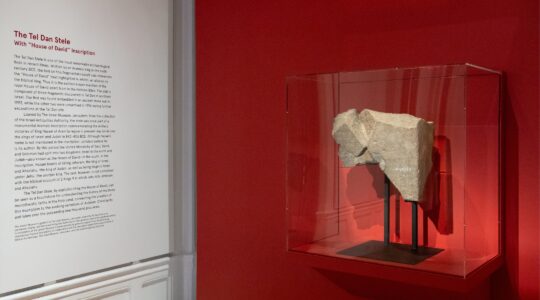Grand Island doesn’t much resemble a biblical paradise–it’s in upstate New York, and it’s frozen for most of the year.
Originally owned by the Iroquois nation and used as a hunting ground, Grand Island was purchased from the Indian tribe by New York State in 1815. In an auction nine years later, Major Mordecai Manuel Noah, a journalist and miner, purchased it–“on behalf,” the auctioneers were told, “of the Jewish race.”
Noah renamed the island “Ararat,” after the mountain where the biblical Noah landed. His plans were to make Grand Island into a promised land of sorts, a utopian paradise for Jews from all over the world.
These plans didn’t exactly come to fruition. When Noah and his fellow settlers came for the laying of the cornerstone, they discovered it was impossible to transport large numbers of people to the island–and so the ceremony was held in the nearby city of Buffalo. Soon after, Noah abandoned the island and returned to New York City, where he involved himself in local politics. Still, the Zionist movement claimed him as an early proponent of its ideals; and his character lives on, fictionalized in books such as Ben Katchor’s The Jew of New York and Gore Vidal’s Burr.
JTA has documented Jewish history in real-time for over a century. Keep our journalism strong by joining us in supporting independent, award-winning reporting.





